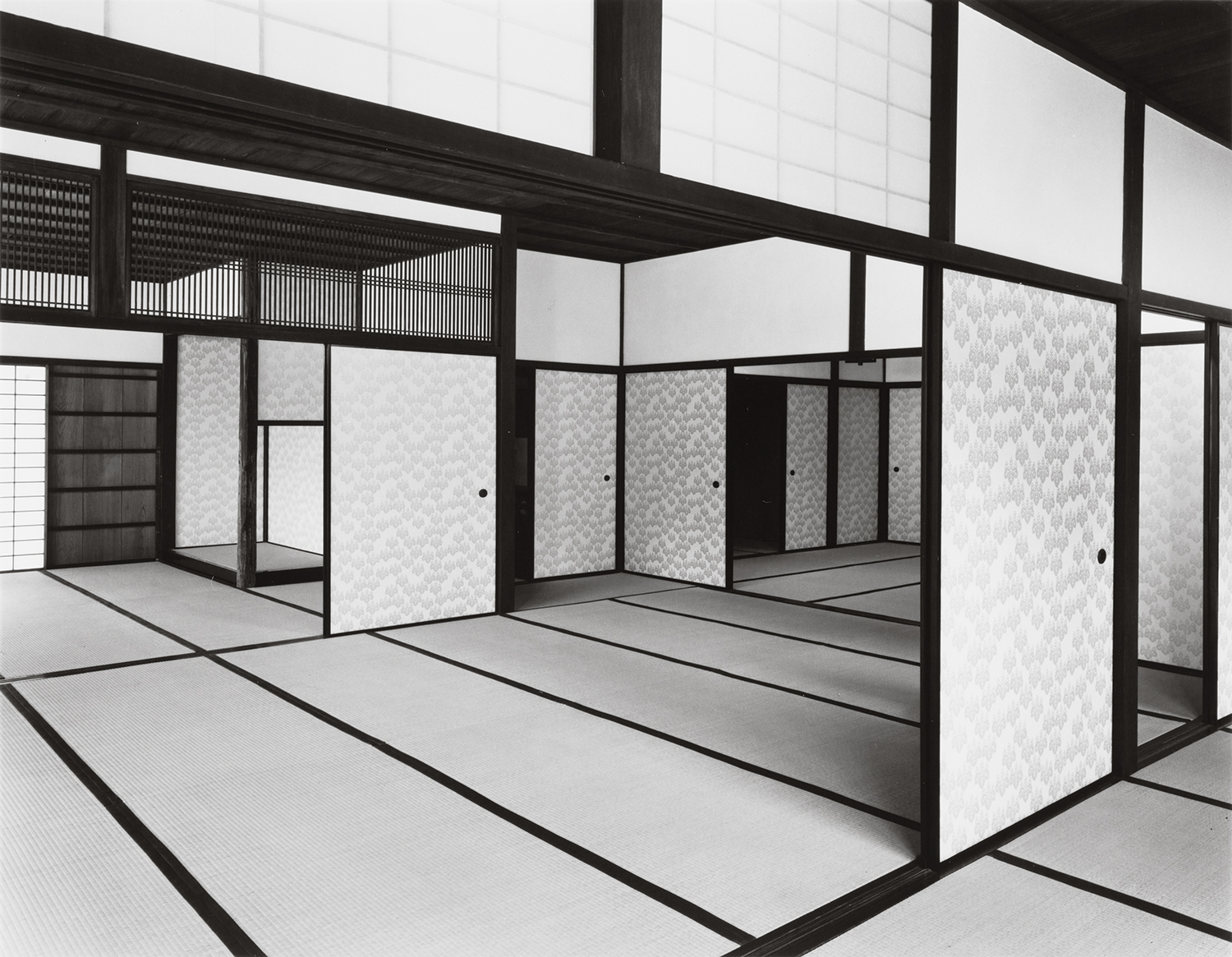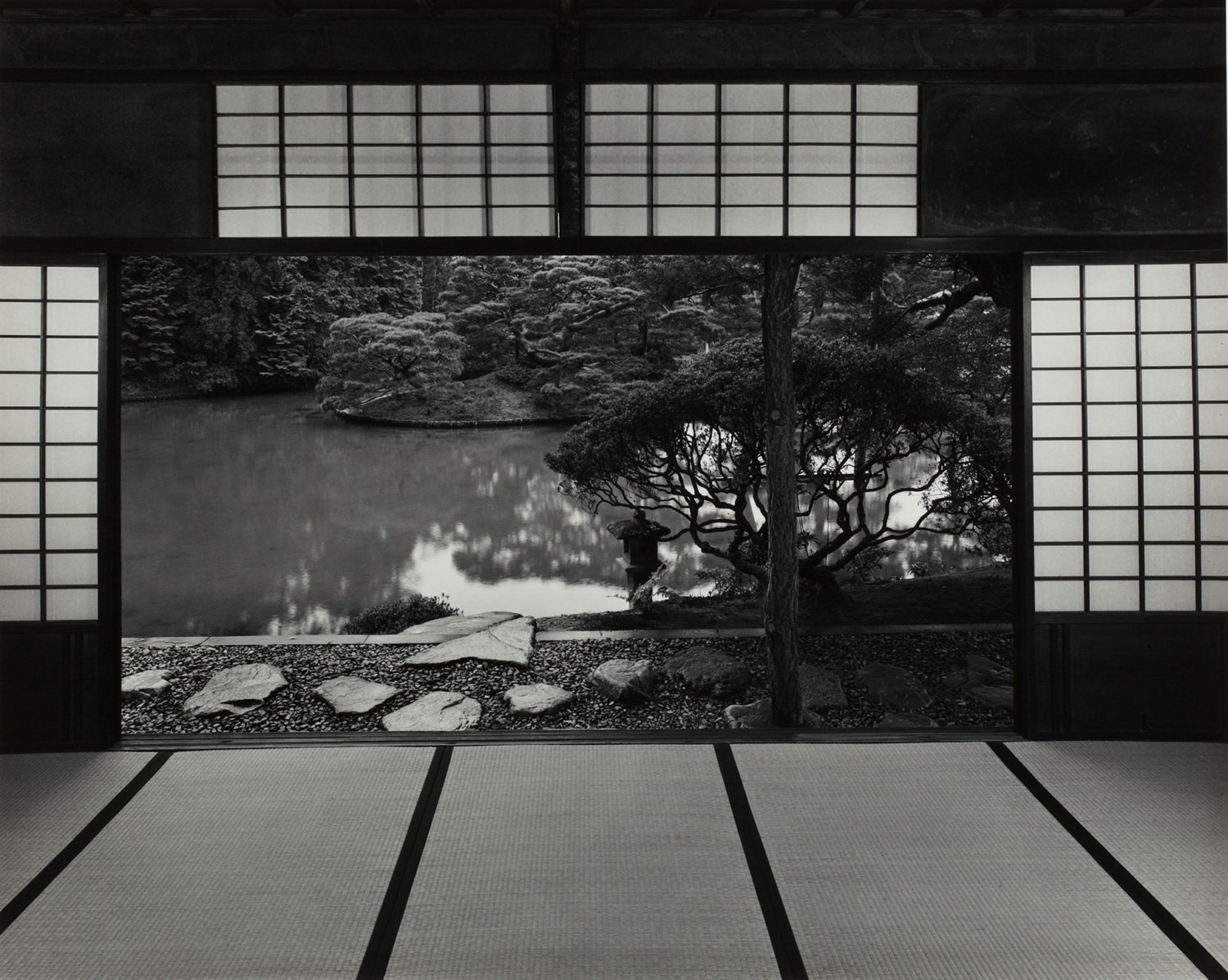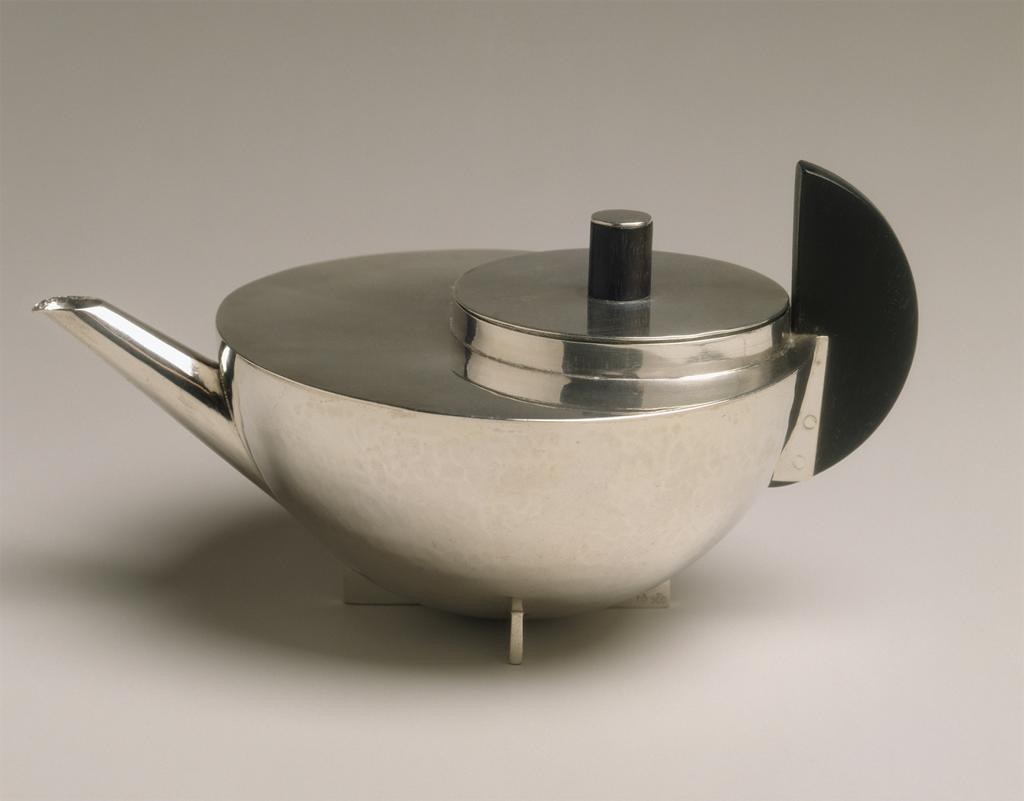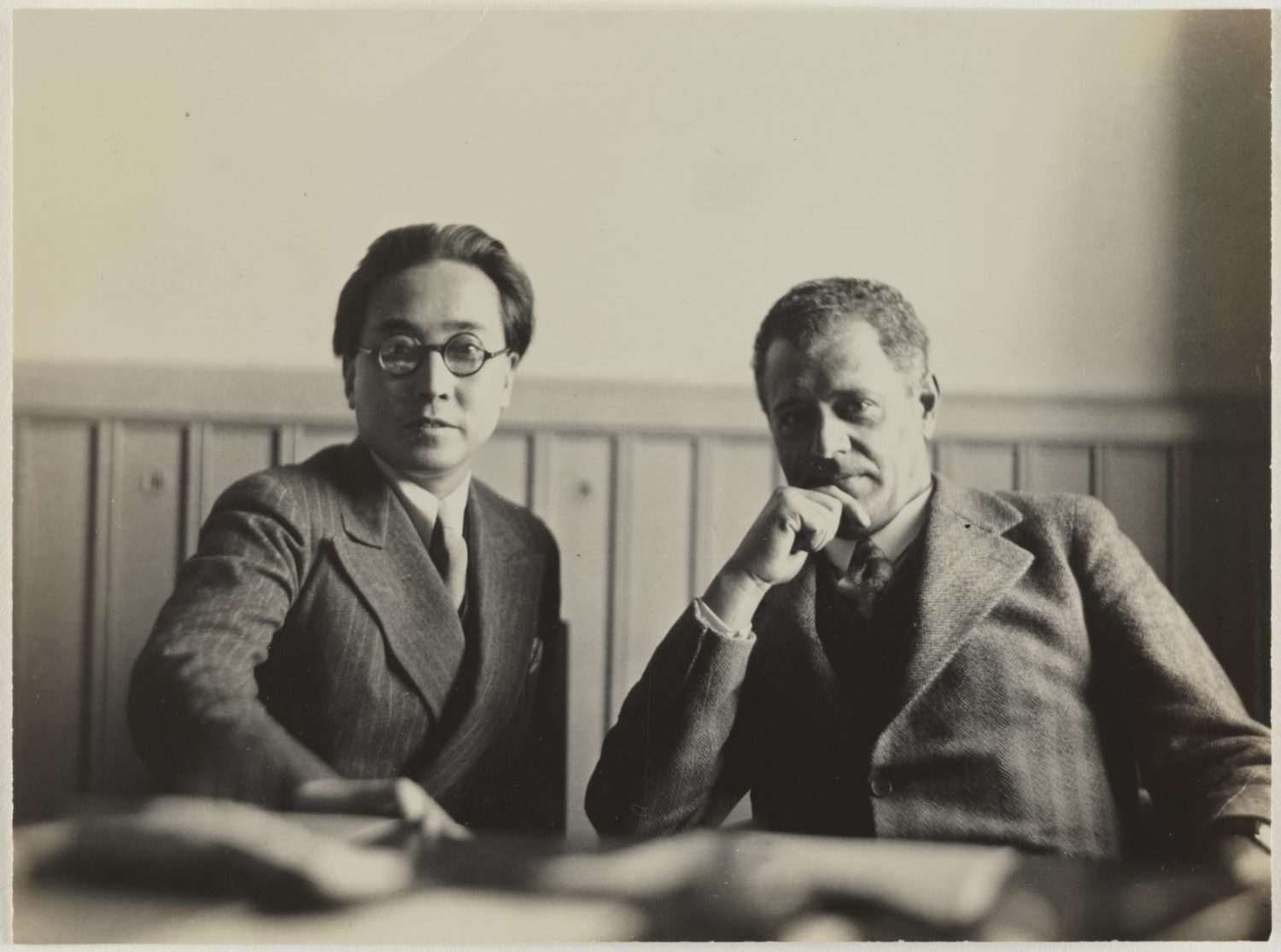How Japan’s Imperial Architecture Influenced The Bauhaus
By Keshav AnandWhile the narrative around modernism remains largely focussed on Western histories, the reality of the movement’s emergence and evolution is perhaps more cross-pollinated that one might assume. An active dialogue between the East and West, in particular between Japan and Europe, is central to the movement’s compelling story. The transmission of cultural ideologies across continents is an area of study that is yet to be fully unpacked, but in the development of the “Japanese Bauhaus,” a long history of collaboration is made abundantly clear. The founders of the Deutscher Werkbund, a German association of artists, architects, designers, and industrialists, established in 1907, who formed the precursor to the Bauhaus, were very familiar with the East Asian ideals that permeated artistic trends of the time.

A key point of reference that struck a cord with modernist thinkers in Europe and beyond was the Katsura Imperial Villa in Kyoto, Japan. Among the characteristic features of the Imperial Villa are its simple, recurring, three-dimensional structures, the tatami mats that cover its floors, the frames of the sliding panels and their various in-fills, alongside the ceilings’ visible beam constructions. From a Western perspective, it is unsurprising that Katsura’s open, minimalistic rooms immediately conjure up images of modern architectural classics such as the Case Study House by Eames or buildings designed by Egon Eiermann and Mies van der Rohe. Documented during the 1950s, photographs of the Imperial property by Ishimoto Yasuhiro capture bold, graphic grids that form lightweight constructions and stark contrasts between a variety of patterned surfaces.
While travelling around Japan, Bauhaus School founder Walter Gropius wrote to Le Corbusier about the Katsura Imperial Villa: “Dear Corbu, everything we have fought for is paralleled in ancient Japanese culture… Japanese houses are the best and most modern examples that I know of, and they really are pre-fabricated.” German architect Bruno Taut, who had been living in Japan as an émigré since 1933, also considered the villa a historical precursor to the International Style, a term first defined by Museum of Modern Art curators Henry-Russell Hitchcock and Philip Johnson in 1932, based on works of architecture from the 1920s. From the 1930s onwards, Taut’s book Nippon. Japan seen through European eyes made its way onto Japanese bestseller lists and was reprinted multiple times.

Interestingly, compared with temples and shrines in Kyoto that were constructed during the same period and are today World Cultural Heritage sites, the Katsura Imperial Villa’s architecture is rather different, unusually plain and rectilinear. Despite this, ultimately the perception of Western architects made the building famous the world over – and the images of Ishimoto played a significant role in this. Katsura and the Japanese-American photographer both entered the public conscious thanks above all to an eponymous book, initiated by Kenzo Tange, as a radical representation of modernity, with graphic design by Herbert Beyer and a text contributed by Gropius.
Even prior to Gropius’ visit to Japan, the country had already inspired some of the Bauhaus school’s professors. One of these was Johannes Itten, a painter whose lessons notably concerned the aesthetic of Japanese ink painting and who initiated his students into Buddhist and Shintoist philosophy, so valued by the Japanese. One of his students, Theodor Bogler, took inspiration from Japanese tradition when creating his series of teapots that combined modularity and geometry, two concepts upheld by both the German movement and Japanese art. In the same vein, Marianne Brandt designed a tea infuser made from brass and ebony in the shape of a half-sphere, where the cultural mix of east and west gave rise to one of the most iconic pieces of the Bauhaus movement.

In line with this cross-cultural dialogue, in the early 1930s, designers Iwao Yamawaki and Michiko Yamawaki arrived at the gates of the Bauhaus in Dessau, having made their way there from Japan. The two designers sat through lectures in German, despite only having a basic knowledge of the language. As Michiko would reminisce years later, Wassily Kandinsky and Josef Albers were both particularly fond of the young couple, spending time after class to explain the more complicated aspects of their lectures in English. The Yamawakis’ stay in Dessau was fleeting; the campus was shut down in 1932, and the couple decided to go back to Japan instead of attending Mies van der Rohe’s privately operated Bauhaus in Berlin. Though perhaps the most prominent Japanese students of the Bauhaus, they were certainly not the only ones.

They were preceded by architect Ishimoto Kikuji, painter Mizutani Takehiko, and artist Nakada Sadanosuke in Weimar, and followed by architect Bunzō Yamaguchi and textile designer Tamae Ōno in Berlin. Upon their return to Tokyo, the Yamawakis became close with a seminal figure responsible for bringing Bauhaus ideals and teachings to Japan. Though he never attended the Bauhaus himself, the architect Renshichirō Kawakita opened the Seikatsu Kōsei Kenkyūsho (Research Institute for Life Configurations) – what has come to be known as the “Japanese Bauhaus” – in 1931. While the school’s European origins were apparent, upon reflection, so greatly did 19th century artists in the West borrow from Eastern traditions that the ideologies adopted by Kawakita and the Japanese Bauhaus could, in many ways, be regarded as much as a form of reclamation as appropriation.
Bibliography:
Clémence Leleu, Japan and the Bauhaus, Pen, 2019
Frederic J. Schwartz, The Werkbund, Yale University Press, 1996
Geoffrey Bunting, Tōkyō Thrift – Japonisme and the Japanese Bauhaus, Daily Art Magazine, 2021
Meg Miller, From Weimar to Tokyo, We Trace the Origins and Influences of the “Japanese Bauhaus”, AIGA Eye on Design, 2019
Ralf Wollheim, Patterns of Modernism, Style Park, 2012
Yoshiharu Matsumura , Katsura: Imperial Villa, Phaidon, 2011
Feature image: Yasuhiro Ishimoto, Untitled, 1981–82, from the series Katsura Imperial Villa. © Yasuhiro Ishimoto